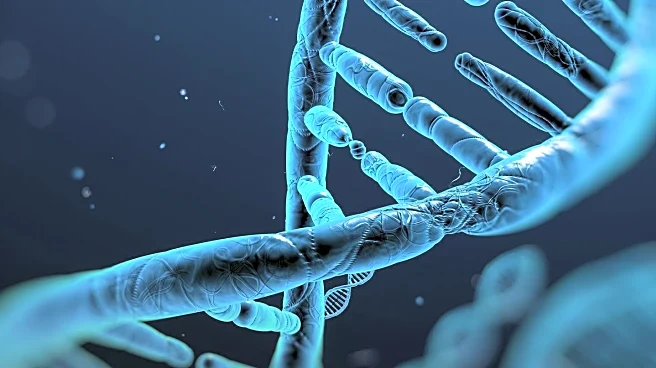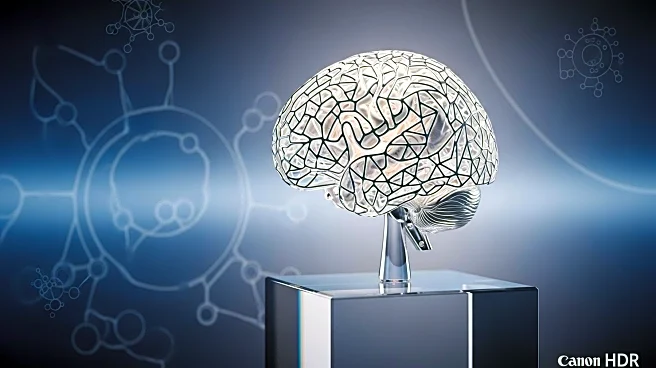What's Happening?
Recent research from the University of Cambridge has challenged the notion of autism as a singular condition with a single cause. The study, published in the journal Nature, analyzed genetic data from over 45,000 individuals diagnosed with autism across Europe and the United States. It found significant differences in the genetic profiles of those diagnosed in early childhood compared to those diagnosed later in life. The research suggests that the biological mechanisms associated with autism in childhood may differ from those linked to autism identified in adolescence or adulthood. The study highlights that children diagnosed before age six often exhibit behavioral difficulties, such as social interaction problems, from an early age. In contrast, those diagnosed after age ten are more likely to experience social and behavioral difficulties during adolescence and have a higher predisposition to mental health conditions like depression.
Why It's Important?
This study is significant as it broadens the understanding of autism, suggesting it encompasses multiple conditions rather than a single disorder. The findings could have profound implications for how autism is diagnosed and treated, potentially leading to more personalized and effective therapeutic approaches. By recognizing the diverse genetic and developmental pathways of autism, healthcare providers may better tailor interventions to individual needs, improving outcomes for those affected. Additionally, the research underscores the importance of early diagnosis and intervention, which could mitigate the development of associated mental health conditions. This nuanced understanding of autism could influence public health policies and resource allocation, emphasizing the need for comprehensive support systems for individuals diagnosed at different life stages.
What's Next?
The study's findings may prompt further research into the genetic and environmental factors contributing to autism's diverse presentations. Researchers and healthcare professionals might explore new diagnostic criteria and treatment protocols that account for the condition's heterogeneity. Policymakers could consider these insights when designing educational and support services for autistic individuals, ensuring they address the varied needs of this population. The study may also encourage collaboration between geneticists, psychologists, and educators to develop integrated approaches to autism care. As awareness of autism's complexity grows, advocacy groups may push for increased funding and resources to support ongoing research and the development of innovative therapies.
Beyond the Headlines
The research raises ethical considerations regarding the classification and labeling of autism. As the understanding of autism evolves, there may be debates about the implications of redefining the condition and the potential stigma associated with different subtypes. The study also highlights the need for culturally sensitive approaches to autism diagnosis and treatment, recognizing that genetic and environmental factors may vary across populations. Long-term, this research could contribute to a shift in societal perceptions of autism, fostering greater acceptance and inclusion of neurodiverse individuals.










